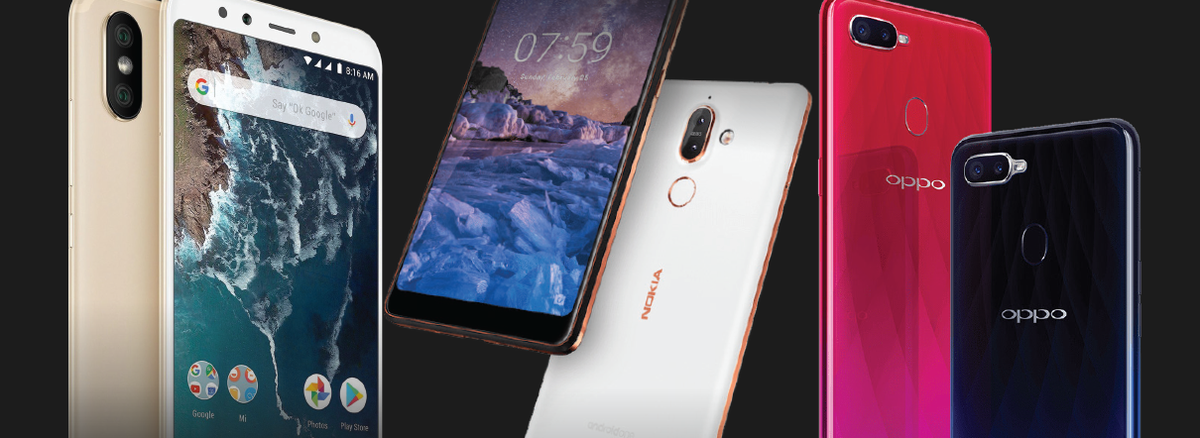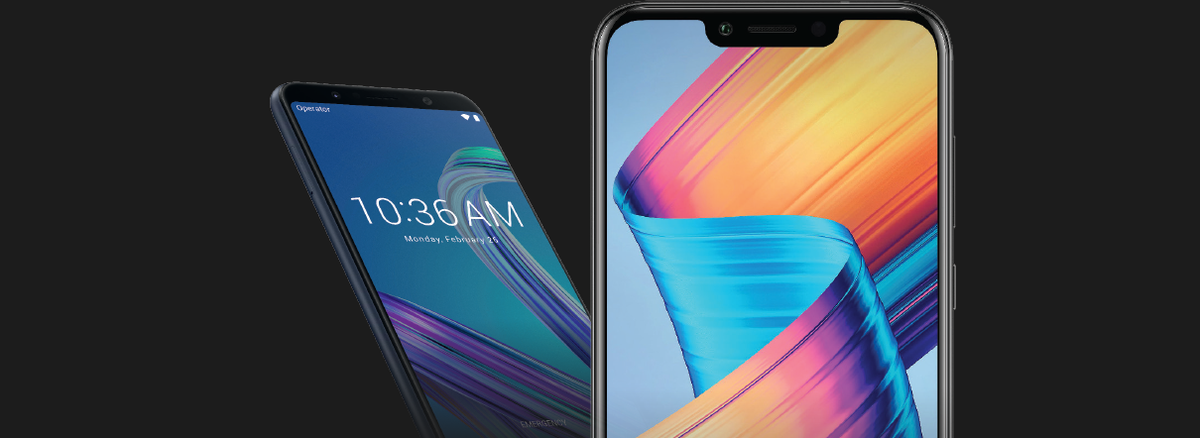Whether or not we admit it, our society has become more and more dependent on technology. The invention of smartphones has created endless possibilities, taking down the barriers that once kept us apart. It has made entertainment and gaming mobile, with devices that fit easily in a pocket. Never before has productivity been this simple, powerful, and convenient. If you need further proof, consider what it is you reach for the moment you wake.
2018 has welcomed a lot of innovations in the mobile phone industry. Brands have continued to try and best each other, giving consumers more choice than ever before. If you’re on the lookout for the latest smartphones in the market, here are a few devices you might have missed.
For all-around use
Just this year, Google started an initiative that aims to offer budget phones running a lighter, faster flavor of Android. Popularly known as Android Go, the program has tapped Asian tech brands to create devices that can bring more people together. Spearheading the wave of entry-level phones, Asus launched its very first Android Go phone, the Zenfone Live L1. It comes with 16 GB of storage that’s expandable up to 512 GB through a microSD slot. Running Android Oreo with the ZenUI 5 overlay, its metallic unibody is home to a Snapdragon 425 processor and a reasonably-sized 3,000 mAh battery. As its name suggests, the Zenfone Live L1 is built for streaming and sharing live videos on social media platforms such as Facebook and Instagram.

The Nokia 2.1, on the other hand, is part of the Android One program. Intended to provide a consistent user experience and improved security through frequent updates and Google Play Protect, it offers Android Oreo out of the box, and has a remarkable battery life of up to 2 days. It is also powered by the Snapdragon 425 SoC, has dual stereo speakers, and features a bigger 5.5-inch HD display with a 16:9 screen-to-body ratio.
Another Android One phone is Xiaomi’s Mi A2. Launched in July, the mid-ranger packs near-flagship performance in a mid range device. Now flaunting a rear dual camera setup in 20-megapixel plus 12-megapixel configuration, the phone produces bright and clear images thanks to its Sony IMX 376 sensors. Its 20-megapixel front snapper, powered by AI Beautification 4.0 also shoots natural-looking selfies. At the heart of the device is a Snapdragon 660 chipset and 2.2 GHz Adreno 512 GPU that both consumes less power and delivers high performance.
For photography
Nokia’s return to the country is in full swing, attested by the premium mid-tier Nokia 7 Plus. Hailed as the Best Product at the prestigious EISA (Expert Imaging and Sound Association) awards, this gorgeous piece of tech is a phone that delivers on multiple fronts. Stunning and elegant, it has a diamond-cut aluminum unibody accentuated with a ceramic-like bronze coating. Apart from its design, another thing that the brand takes pride in is its camera performance. Its 12-megapixel plus 13-megapixel main cameras are powered by ZEISS optics, producing extraordinary results even in low-light conditions. It even comes with a 2x optical zoom, ideal for landscapes and clearly capturing more distant subjects. Giving its users the freedom of control, the Nokia 7 Plus has the new Pro Camera mode for quick and easy adjustment of ISO, white balance, focus, shutter speed, and exposure compensation. And since it’s an Android One phone, it gets regular security updates and two years of OS upgrades.
When it comes to selfies, there’s one brand that gets immediate recall, and that’s Oppo. Its latest offerings, the Oppo F9 and the Find X are more than just smartphones. The former is the first Oppo phone in the F-series to have a dual-camera setup (16-megapixel + 2-megapixel) and to feature VOOC Flash Charge, while the latter is the first to include a panoramic screen and 3D face recognition. The 25-megapixel front shooter of F9 is backed with AI technology and HDR. It also now has AI scene recognition, allowing it to select the correct settings based on the scene the user is trying to capture. The Oppo Find X’s crowning glory, however, is its AI-assisted 20-megapixel + 16-megapixel rear dual camera system equipped with AI Scene Recognition. The front camera in turn has 3D Face Recognition and 3D Structured Light that projects 15,000 dots of light to recognize the user’s face and unlock the phone.

For entertainment and gaming
Battery life, massive screens, great audio quality, and faster chipsets are the must-have specs if you’re a binge-watcher or gamer. Asus has managed to pack all of that into the Zenfone Max Pro M1. It gives a pure Android experience, features a 6-inch HD+ display, and has a long-lasting 5000 mAh battery, earning it the title of the battery king. Inside its aluminum body is a Snapdragon 636 chipset that boots up two times faster than most phones in the market. In fact, it garnered an overall score of 116618 on Antutu benchmark when it comes to CPU performance.
The Honor brand has achieved another milestone this year, offering a handset that’s made for gamers. Fast and smart, the Honor Play has GPU Turbo technology that accelerates your phone’s processor for a smooth gaming experience. Powered by a Kirin 970 AI chipset, with a large 6.3-inch Full View display and 3750 mAh battery, the phone brings gaming to life through its built-in 3D gaming sound effects and powerful hardware.
It may be cliché to hear, but technology is constantly changing. One way or another, smartphone manufacturers would probably go beyond their limits to produce multifunctional phones that would help our lives easier.
Also published in GADGETS MAGAZINE October 2018 Issue.
Words by Jewel Sta. Ana
Art by Ronel Bautista
